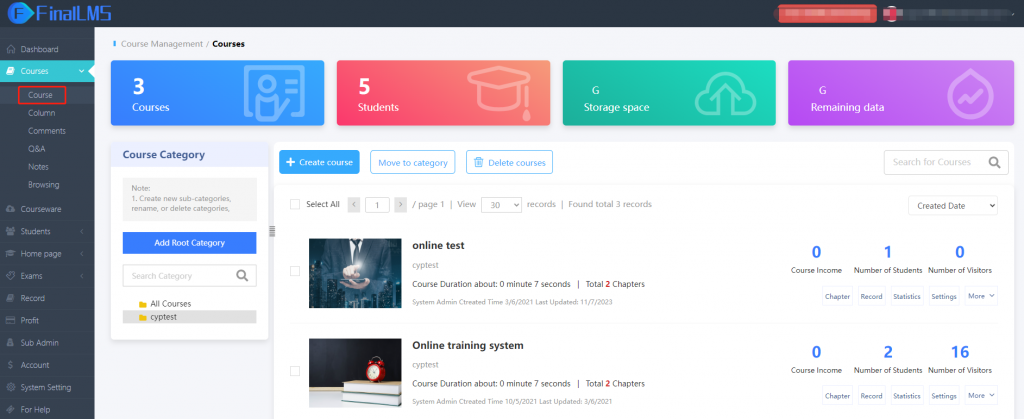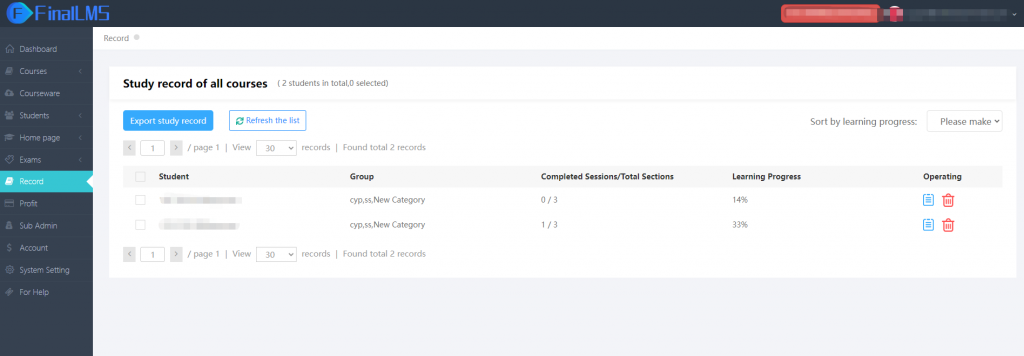Every industry needs new hire training, but many organizations struggle to effectively master the efficiency and effectiveness of training. This is because there are a number of problems with traditional new hire training methods that may not produce positive results. In this article, we will summarize some of the problems that may exist with traditional new employee training in the hopes that it will help you understand training and improve your training methods.
Possible problems with traditional employee training
No idea to ensure that the training is meeting needs
Traditional new employee training usually includes corporate culture, systems, history, job information, and product and program training. However, traditional training methods often just have the instructor explaining PowerPoint in the conference room, making it difficult to determine whether the new employee really understands the training content, and it is difficult for the organization to understand the actual situation of the training.
Difficulty in evaluating the effectiveness of training
In order to help new employees quickly adapt to the company, traditional training usually takes a lot of time, ranging from a few hours to a few days. Organizations don’t have an effective way to assess the effectiveness of the training once it’s over, making it difficult to quantify and evaluate the training.
Lack of course iteration and new hire oversight
Traditional training typically lacks effective tracking and statistics on learning data and supervision data. As a result, course content is often not updated and improved, there is a lack of ongoing continuation for new hires after the training is completed, and the training is often less effective than it could be.
Inefficient training
Often, the content of new employee training is very similar, and it would be very inefficient to conduct offline training every time. In addition, one-time training is difficult to repeat learning, new employees can not consolidate the knowledge learned in a timely manner.
In summary, the traditional employee training is facing a huge challenge, companies may want to change the training idea, take a new training method, the offline training into online, improve efficiency at the same time more according to the data to grasp the staff’s learning progress. In this article, we will take Final LMS as an example to illustrate 4 functions of an online training system that can help organizations improve their training methods.
Understand the learning profile of new employees
In Final LMS, trainers can create online courses for employees on corporate culture, company systems, project training, product training, and more. Managers can easily view the time and details of each new employee’s course in each section to get an overview of the training for each item.

Online assessment of employee training effect
Trainers can create online assessment papers based on the content of the training course to evaluate the learning outcomes of employees. Employees’ assessment results are saved and available for administrators to view as important reference data for training effectiveness.
Statistics
In Final LMS, users can query the data on the number of learners, learning hours, learning progress of new employees, learning reports and assessment results of each course. These data are presented to help managers better understand the process, optimize the next training course, and provide direction for monitoring learning.

Course Sharing
Users can quickly create different types of online courses in Final LMS to keep corporate knowledge up-to-date and iterative. Trainers can share course links with employees, allowing them to schedule learning according to their individual needs and improve the efficiency of training.

